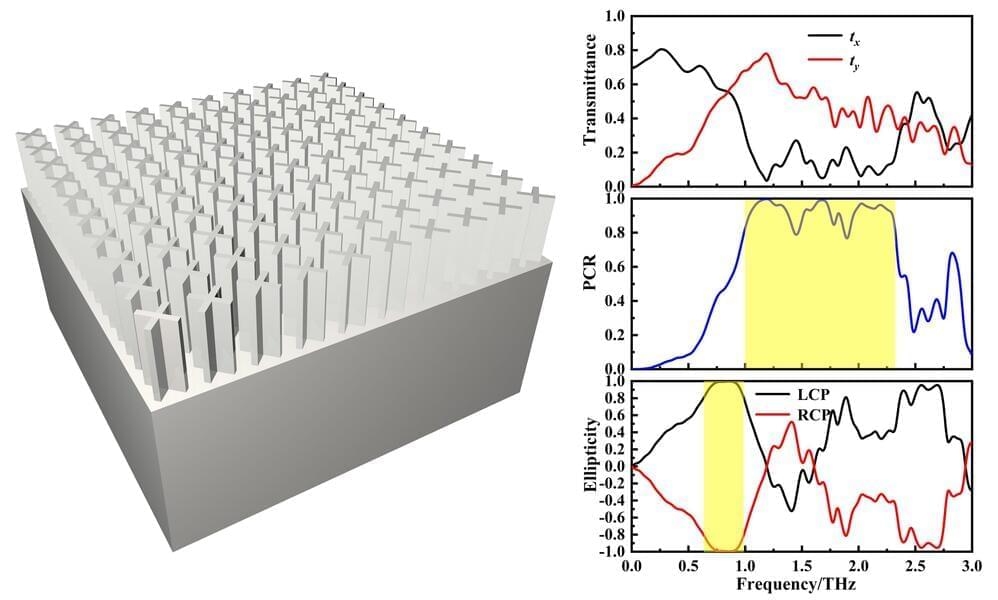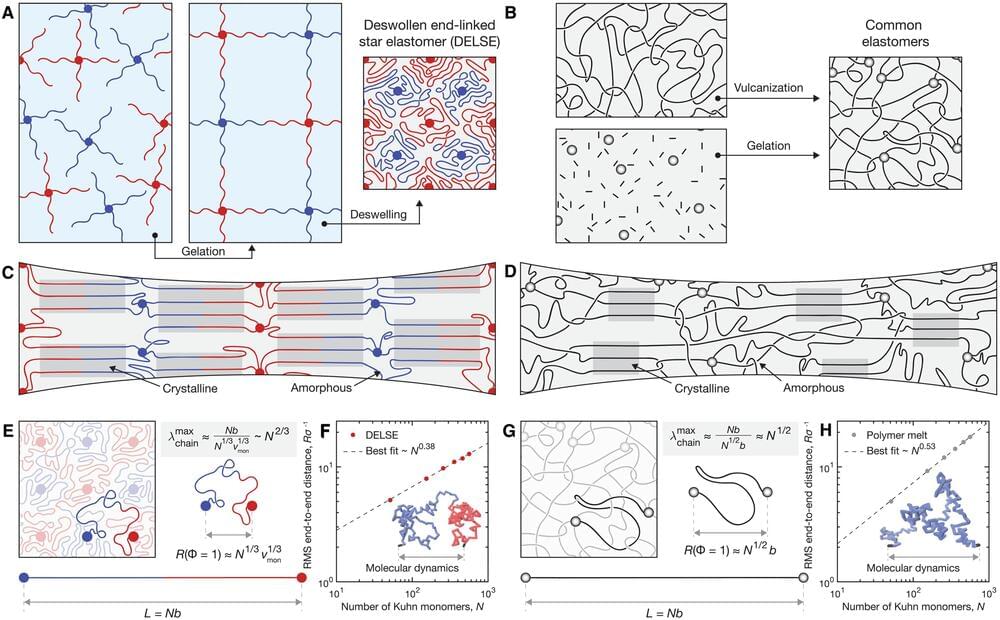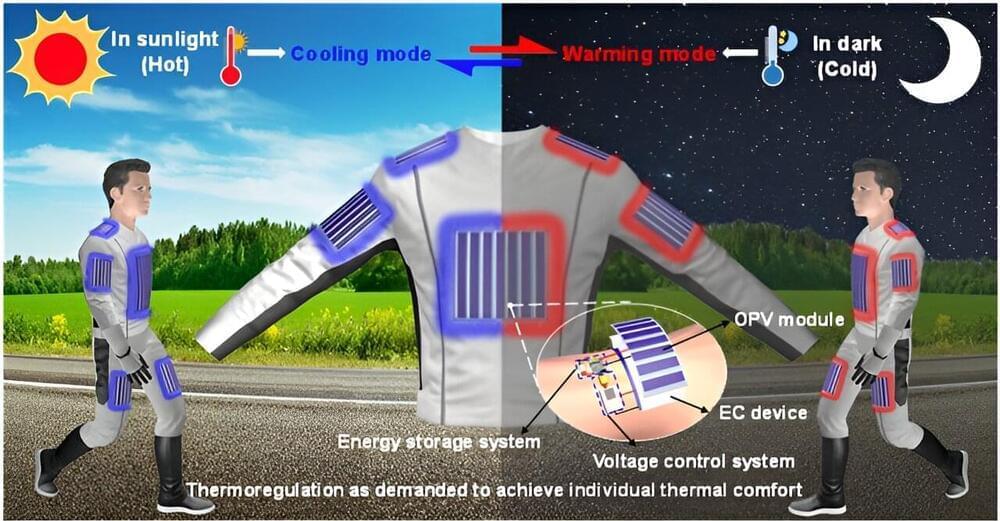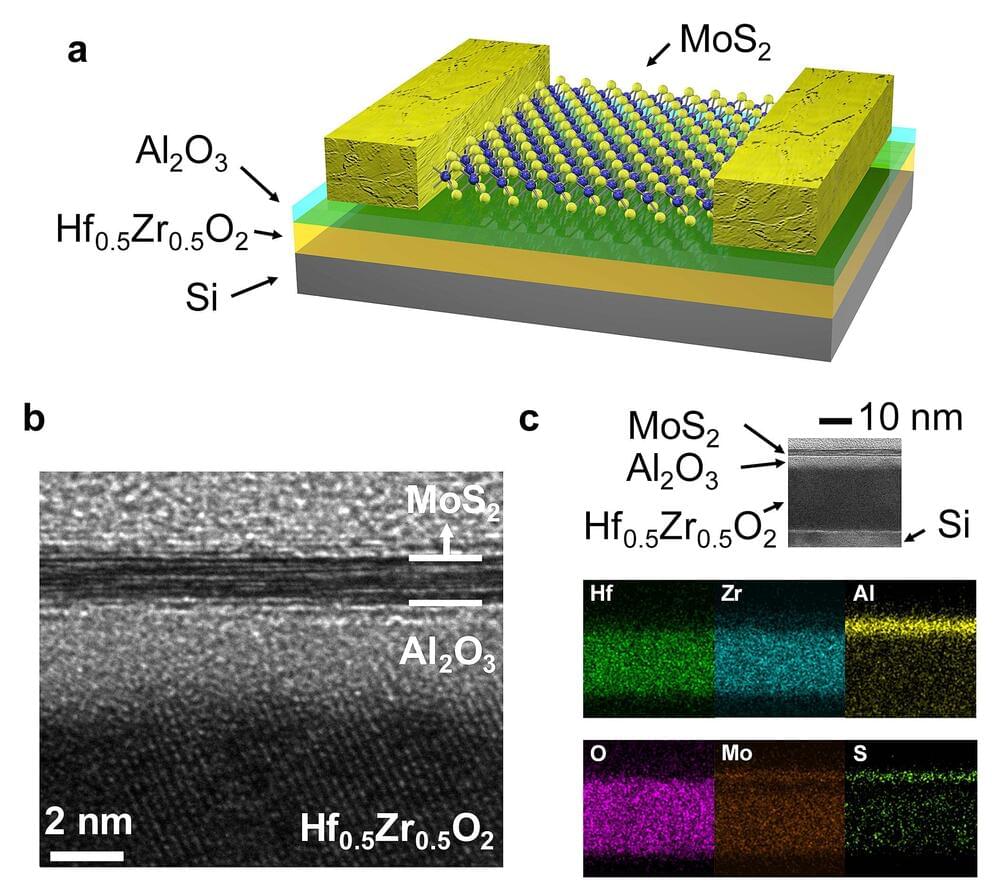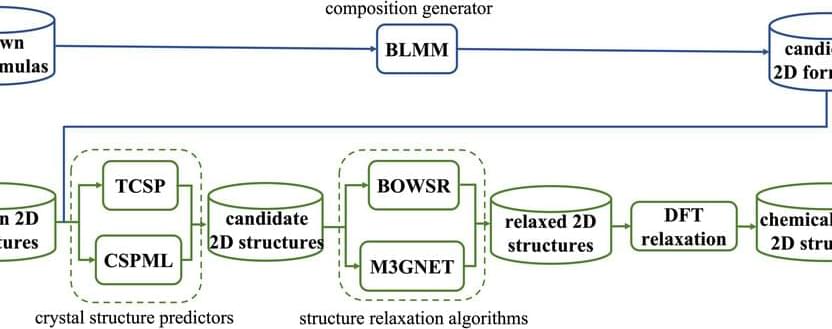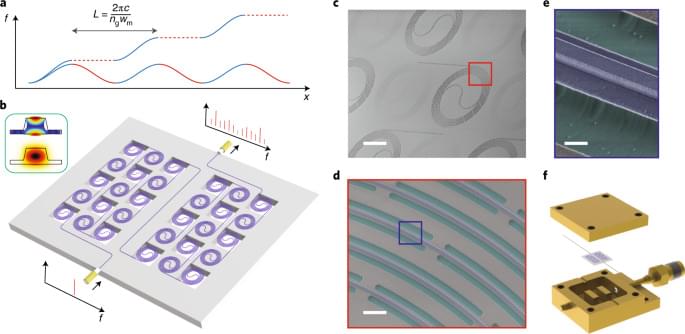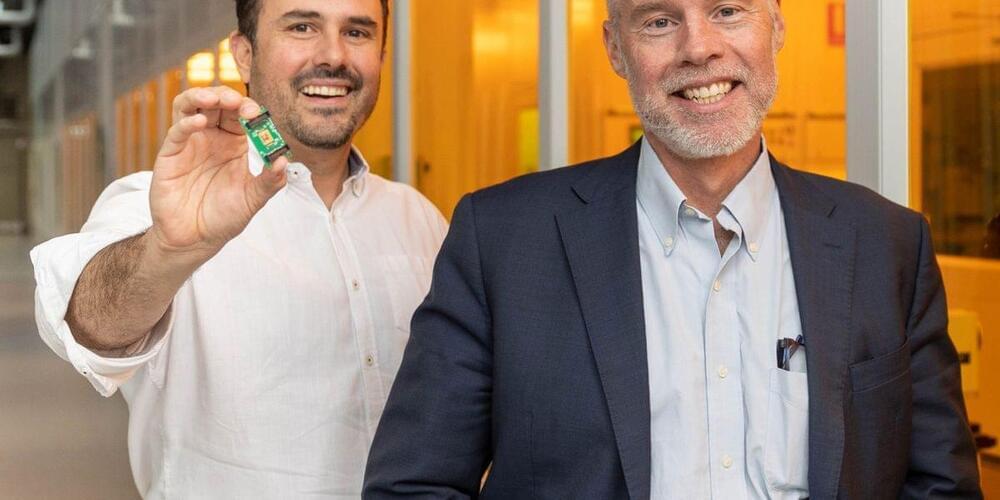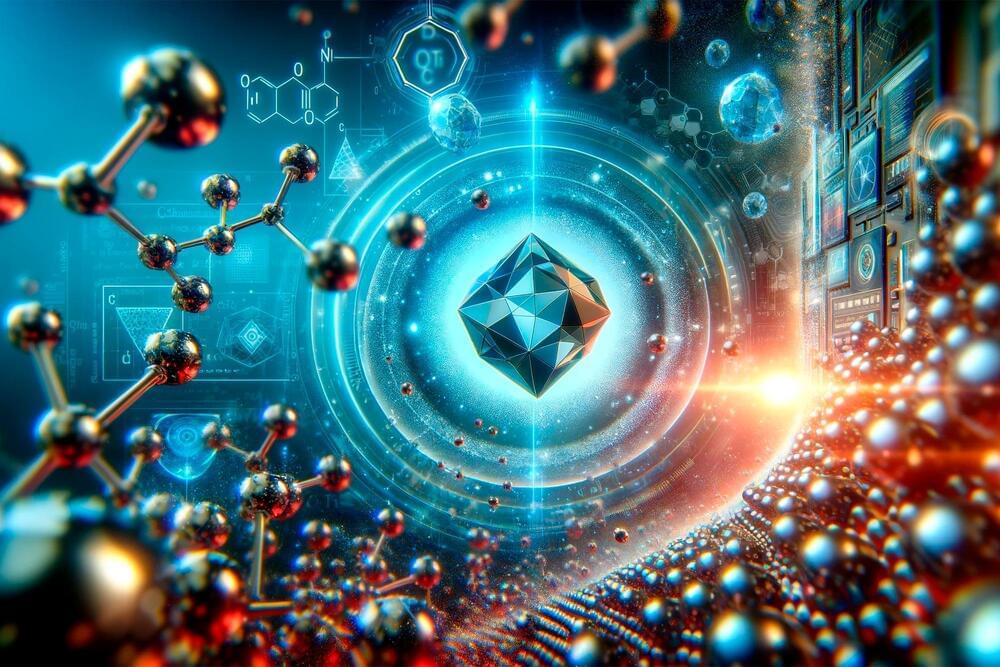Dec 30, 2023
Quantum Leap in Graphite: Attoscience Lights the Way to Superconductivity
Posted by Saúl Morales Rodriguéz in categories: futurism, materials
Advancements in attosecond soft-X-ray spectroscopy by ICFO researchers have transformed material analysis, particularly in studying light-matter interactions and many-body dynamics, with promising implications for future technological applications.
X-ray absorption spectroscopy is an element-selective and electronic-state sensitive technique that is one of the most widely used analytical techniques to study the composition of materials or substances. Until recently, the method required arduous wavelength scanning and did not provide ultrafast temporal resolution to study electronic dynamics.
Over the last decade, the Attoscience and Ultrafast Optics group at ICFO le, d by ICREA Prof. at ICFO Jens Biegert h, has developed attosecond soft-X-ray absorption spectroscopy into a new analytical tool without the need for scanning and with attosecond temporal resolution.[1,2].

